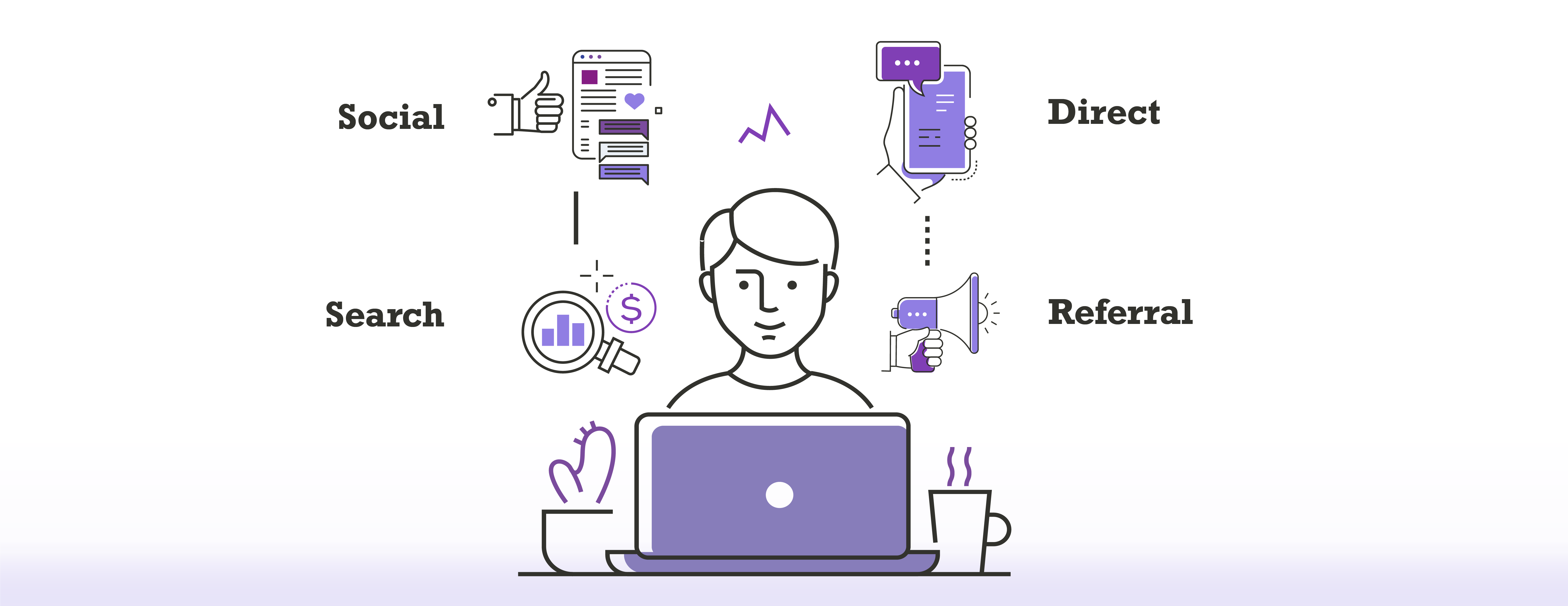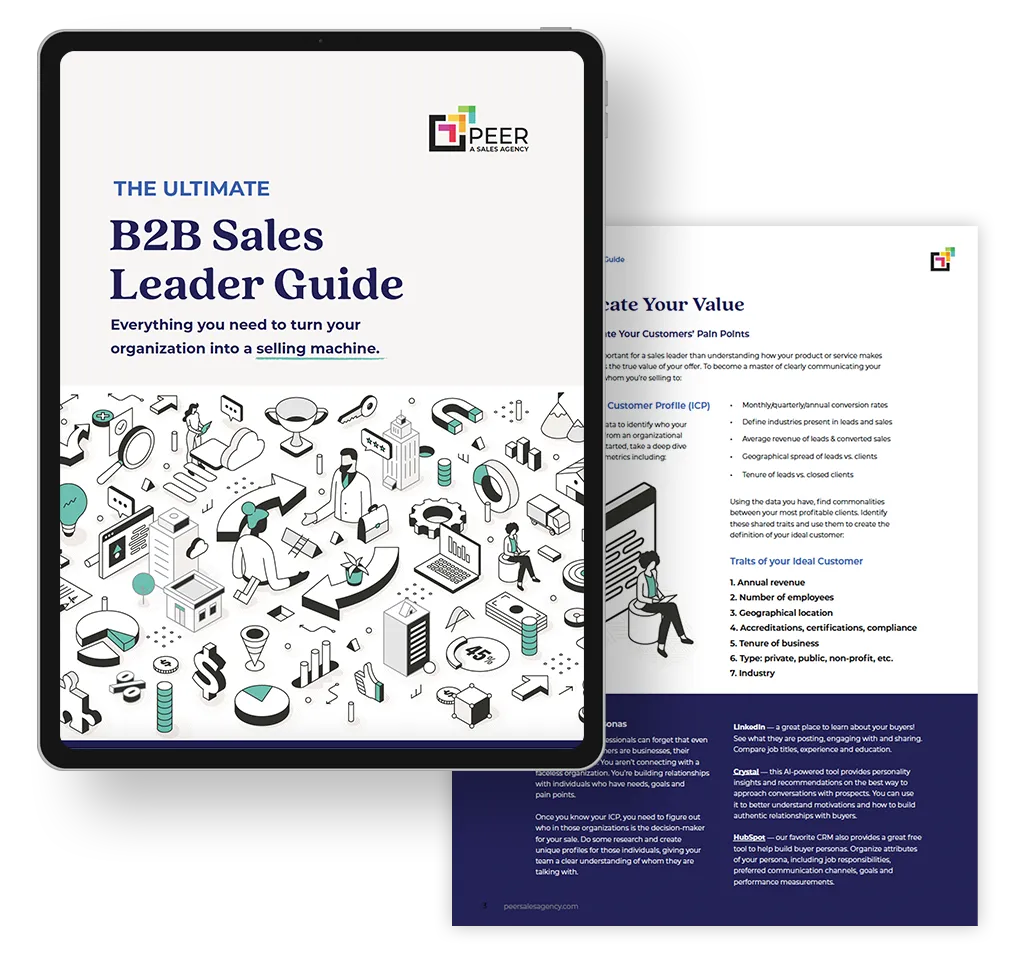You’ve probably heard the buzzwords — content marketing, content strategy, blogging content, SEO blog posts, etc. You may even have a grip on the concepts and a strategy of your own in place.
Content marketing isn’t a new concept, but understanding exactly what your blog represents and how it correlates to sales is imperative when building an effective blog marketing strategy.
According to the Content Marketing Institute, 60% of organizations with a written content strategy are effective, compared to only 32% of those with a purely verbal content strategy. (themeisle.com)
Your blog is a powerful tool for sales when properly leveraged and it has the advantage of working on your behalf long after each piece is published. Here’s what it means to develop and implement a highly effective blog for your business.

How a blog strategy connects to sales
A blog is really just a place on your website that hosts articles. It can act as a news feed of sorts or a dedicated place to house short and long-form content. Tags and categories make it easy to organize and label content, creating a place for visitors to quickly sort and find exactly what they are after.
Content is one thing but how exactly does a blog post sell? In the age of information, we face an educated audience where buying decisions are often researched thoroughly. The search for information relative to your industry and service/product can quickly connect your business to potential customers.
Here’s a very simple way to look at it:
- Customer searches for information about your industry
- They find your blog that has the information they desire
- Trust and authority are gained through the customer’s lens
- They have the option to take action
This is called an inbound strategy and is often dependent on SEO (discussed below). That same content can work into your outbound strategy as well (also discussed below).
The big takeaway here is that a blogging strategy creates content that is educational and influential in your industry. Your business can build trust, gain authority and move customers down the sales funnel by nurturing and educating them with great content.

Building and leveraging a holistic blog strategy
Your blogging strategy should have a multifaceted approach that maximizes reach. The major traffic sources for most blogs are:
- Organic or paid search
- Social traffic
- Direct visitors
- Referral Traffic
In an ideal world, reaching a hyper-relevant audience will drive more sales. While you do want to reach the most relevant audience, casting a wide net is never a bad idea either. Capturing eyes through LinkedIn and social posts can create a buzz around well-written content, giving it the legs for more sharing and reach.
Before you share that content on social channels or put money into an ad campaign, you must invest time in the research and writing phases of blogging. Keyword research and SEO are the foundations for any blogging sales strategy.

Keyword research and SEO
Your B2B blog strategy (or B2C) begins with keyword research for SEO and gaining a general understanding of the demand for specific content. The research reveals what your potential customers are searching for and what questions they are asking.
Various tools are available for research and you can quickly build a list of relevant search phrases to target. Next, take this list and break it into specific briefs for individual blogs based on the subject matter. Pull the blog topics into a calendar and start scheduling posts.
You now have an active content calendar specific to blogging! Add other forms of content like case studies, sales brochures, and lead magnets and your business has a full content calendar that powers sales.

Empowering sales reps
You’re busy writing and sharing blog posts and other content to build traffic and educate your audience. Traffic is growing and more sales leads are coming through the door but the sales reps aren’t grabbing content and using it to close more deals.
You are probably asking – How do I get reps to use content in sales?
Your marketing and sales departments shouldn’t work in silos. Share the blog posts and content with sales reps but also show them how and when to use these assets. Timing is everything and categorizing blog posts and content assets into funnel stages will help reps know when to take advantage of each resource.
The content will help them answer questions, educate the prospect and move them down the funnel without hard selling. As a team, you can hit sales goals consistently by deploying content in your sales strategy.

Connecting content to sales
At Peer, we work as an outsourced marketing and sales partner. Our marketing team builds content strategies and does the hard work of researching, writing, publishing, and promoting blog posts and content assets.
We empower your sales team with these assets and also work with BDR’s to combine content and lead generation strategies. When prospects reach your team, they are far down the funnel and ready to get serious about converting.
Reach out to our team anytime to discuss your future content and sales strategies.
Quick FAQ:
Keyword phrases define the demand for specific content and information. SEO satisfies that demand by answering the questions and providing the information desired by your audience. Well-written blog posts that meet the SEO standards of search engines will drive hyper-relevant traffic to your business.
In layman’s terms, SEO helps connect your business with the audience seeking answers to problems (relevant to your niche). Your potential customers are looking for information and you will supply it to make that initial connection.
Your content strategy helps you build assets that power sales. Content educates and engages prospects while building authority and trust in your business.
Blogging can drive traffic to your business, engage new customers, and generate leads. Blog posts establish authority and build trust with a prospect by showcasing your expertise and thought leadership. Blogs are a great vehicle to help prospects solve problems relevant to your solutions, showcase products and services, handle objections, compare your offering to the competition, and much more.



